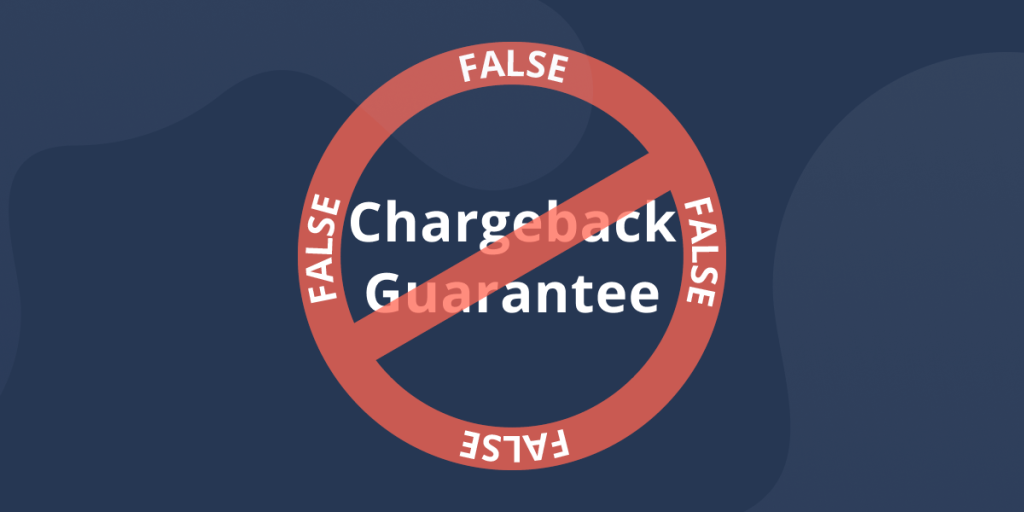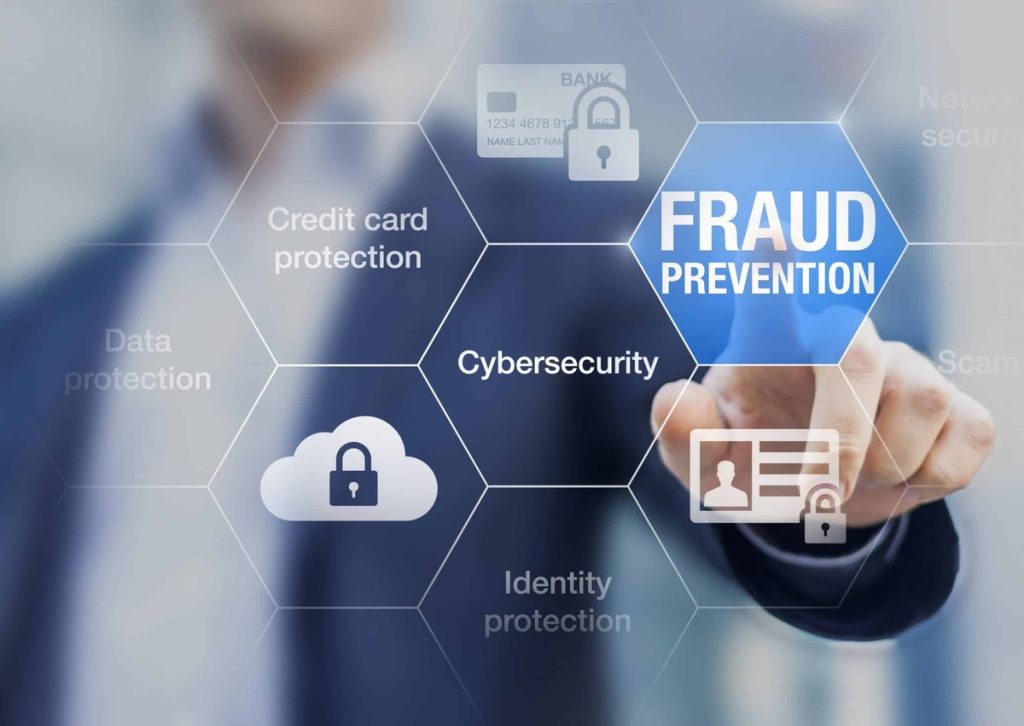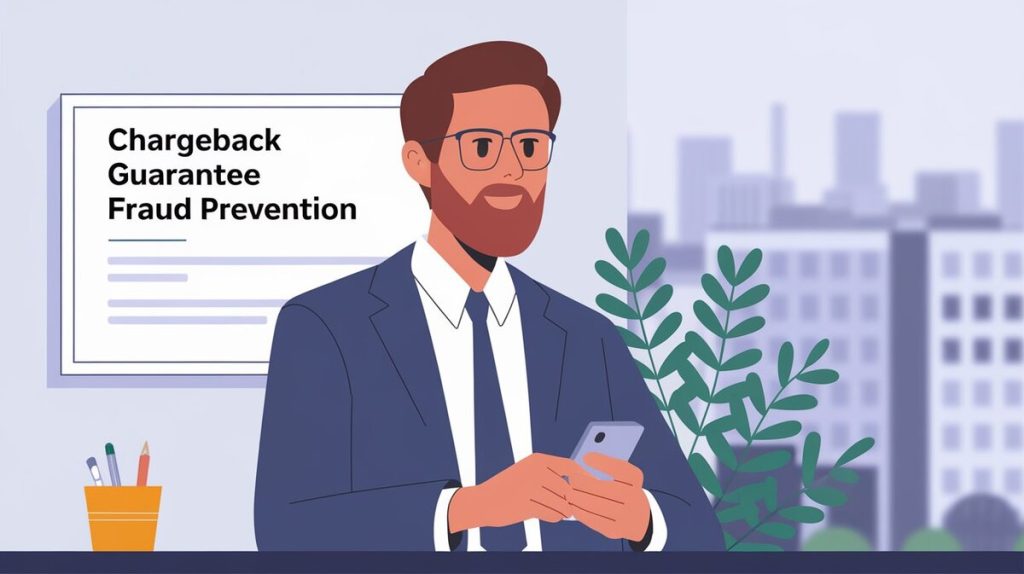Chargebacks are a major concern for businesses, especially in e-commerce. A chargeback occurs when a cardholder disputes a transaction, leading to a refund directly from the card issuer, bypassing the merchant. While chargebacks protect consumers from fraud, they are also prone to misuse, leading to chargeback fraud. According to Mastercard, this type of fraud costs businesses billions annually.
Chargeback guarantees have become a key tool in mitigating these risks. This article will discuss chargeback fraud, explain the benefits and limitations of chargeback guarantees, and outline effective fraud prevention strategies. By understanding these elements, businesses can better protect themselves from the financial and reputational damage caused by chargeback fraud.
Understanding Chargeback Fraud
Chargeback fraud, or friendly fraud, occurs when a cardholder disputes a legitimate transaction, claiming it was unauthorized or that the product was not as described. Global losses from chargeback fraud are expected to reach $32 billion by 2025, according to Juniper Research.
Types of Chargeback Fraud:
- Friendly Fraud: Legitimate customers dispute charges without a valid reason.
- Return Fraud: Customers return items after use, falsely claiming defects.
- Subscription Fraud: Customers dispute recurring charges for services they’ve used, claiming they didn’t authorize them.
Impact of Chargeback Fraud on Businesses
Chargeback fraud significantly impacts businesses, especially those online. The costs extend beyond lost revenue; businesses also face fees, penalties, and increased operational expenses. Visa documentation indicates that businesses can incur penalties up to $100 per chargeback in addition to losing the sale amount.
Table 1: Average Financial Impact of Chargeback Fraud on Businesses
| Impact Type | Estimated Cost (Per Incident) |
|---|---|
| Lost Revenue | $50 – $500 |
| Chargeback Fees | $15 – $100 |
| Operational Costs (Investigation, Dispute Handling) | $20 – $200 |
| Long-term Reputational Damage | Variable |
High chargeback rates can lead to businesses being classified as high-risk by payment processors, resulting in higher fees or even termination of their merchant accounts.

What is a Chargeback Guarantee?
A chargeback guarantee is a service provided by third-party vendors that shields merchants from the financial impact of chargebacks. These guarantees typically involve reimbursement for chargeback-related losses or the assumption of liability for disputes. Fraud prevention services using machine learning can flag potentially fraudulent transactions, reducing the risk of chargebacks.
Benefits of Chargeback Guarantees:
- Financial Protection: Reimbursement for fraud-related chargebacks.
- Operational Efficiency: Automates fraud detection and management.
- Improved Customer Trust: Reduces fraud risk, fostering customer loyalty.
Limitations of Chargeback Guarantees:
- False Positives: Automated systems might mistakenly flag legitimate transactions, resulting in lost sales.
- Cost: Fees for chargeback guarantee services may be high.
- Merchant Classification Impact: Chargebacks, even under guarantee, count toward a merchant’s overall chargeback ratio, potentially leading to reclassification as high-risk.
Effective Fraud Prevention Strategies
A multi-faceted approach is crucial for protecting against chargeback fraud, combining technology and best practices.
1. Implement Fraud Detection Systems
- Machine Learning: Use machine learning to analyze transaction patterns and detect anomalies. Stripe’s Radar system has reduced fraudulent chargebacks by up to 40% for its users.
- Real-Time Monitoring: Deploy real-time monitoring to detect and address suspicious activity instantly.
2. Strengthen Customer Verification
- Multi-Factor Authentication (MFA): Require MFA, especially for high-value transactions, to reduce unauthorized transactions.
- Secure Payment Gateways: Ensure that payment gateways are secure and PCI-DSS compliant. Braintree offers security features that help reduce fraud.
Table 2: Comparison of Fraud Detection Tools and Their Effectiveness
| Tool | Provider | Effectiveness in Reducing Fraud | Associated Costs |
|---|---|---|---|
| Machine Learning Algorithms | Stripe | 40% Reduction | Medium to High |
| Real-Time Monitoring | Braintree | 35% Reduction | Medium |
| Multi-Factor Authentication (MFA) | Checkout.com | 30% Reduction | Low to Medium |
| Manual Transaction Review | Internal | 50% Reduction | High |
3. Improve Customer Service and Communication
- Clear Return and Refund Policies: Ensure return and refund policies are straightforward and easily accessible to reduce disputes. Visa recommends clear policies to minimize misunderstandings.
- Proactive Communication: Engage with customers promptly if issues arise, preventing them from resorting to chargebacks.
4. Engage a Trusted Partner for Chargeback Prevention
- Partner with a reliable organization for chargeback prevention. Merchanto.org, an official Visa and MasterCard partner, offers tools to reduce chargebacks. Their analytics and dispute management services are proven to safeguard merchant revenue. For more information, visit Merchanto.org.

Case Study: Impact of Chargeback Guarantees in E-commerce
An online retailer implemented a chargeback guarantee program with a top fraud prevention service. Within a year, they saw a 20% decrease in chargebacks and a 15% increase in customer satisfaction. The program helped recover over $250,000 in lost revenue.
Table 3: Year-over-Year Impact of Chargeback Guarantees on Retailer X
| Metric | Before Implementation | After Implementation | Change (%) |
|---|---|---|---|
| Total Chargebacks | 1,500 | 1,200 | -20% |
| Revenue Lost to Chargebacks | $500,000 | $250,000 | -50% |
| Customer Satisfaction Score | 7.8 | 9.0 | +15% |
| Chargeback Recovery | $0 | $250,000 | +100% |
Conclusion
Businesses must adopt a comprehensive approach to chargeback fraud prevention. Chargeback guarantees offer significant benefits by reducing financial exposure and streamlining fraud management. However, they are not without limitations, and proactive fraud prevention measures are essential.
By implementing robust fraud detection tools, strengthening customer verification, and improving communication, businesses can significantly reduce the risk of chargeback fraud.
In conclusion, while chargeback guarantees provide valuable protection, preventing fraud at its source is the most effective strategy. Businesses should continuously update their fraud prevention tactics to stay ahead of evolving threats and ensure long-term success in e-commerce.



